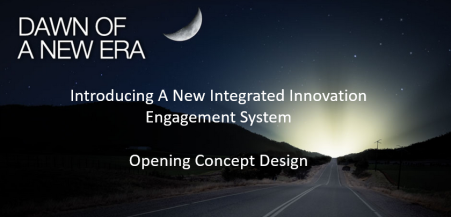 There is huge value in applying the three horizon framework into your thinking. It is as useful a framework that you can get, to help decide where you are heading.
There is huge value in applying the three horizon framework into your thinking. It is as useful a framework that you can get, to help decide where you are heading.
It is not just for innovation application, that can determine innovation activities. It has multiple values in any organization thinking and alignment.
The 3H informs the decisions to be taken, by recognizing their importance to the future and ‘frame’ resource allocation, identify current capability gaps to resolve.
It helps to enable the whole organization to “get onto the same page” and move towards that desired future.
This 3H thinking helps break down complex issues. Thinking in different horizons prompts you to go beyond the usual focus of fixing innovation just in the present it provides the connections of the present with the desired future. The 3H builds portfolio design, outline the steps to resolve in any complex challenge, it ‘informs’ strategy and builds the business case for taking a specific direction to that ‘desired future’.
If you want to read more on the three horizons then take some time out to explore the “insights and thinking” resource page shown under the ‘tabs’ above.
I recently applied the three horizons thinking to ‘frame’ a new innovation design Continue reading “Applying the Three Horizon Thinking to a Fresh Perspective of Innovation Design”








